How to Read a Tide Chart & Use the Information for Kayaking
Before shoving off, kayakers beware – the tide can make or break your paddle! Understanding the rise and fall of the tides is key to keeping you and your kayak afloat. Just a few feet of tidal change can turn a fun float into a grueling grind.
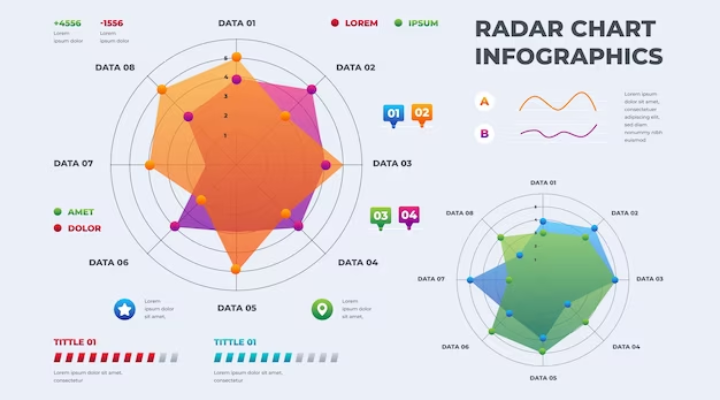
Luckily, decoding the secrets of the tide chart isn’t difficult. We’ll explain the ups and downs so you can ride the currents, not fight them. Whether you want to avoid treacherous rapids or score a free ride on the flooding tide, learning to read the tidal rhythms is a must.
There are 3 steps of How to Read a Tide Chart:
What Are Tides and What Causes Them?
Tides are the rise and fall of sea levels caused by the gravitational pull of the moon and sun. The moon has a greater influence on tides than the sun because it is closer to Earth. This gravitational force affects both water and land, but it is more noticeable on large bodies of water.

The water surface bulges in the direction of the gravitational pull, causing the water to be drawn towards the moon. Most places on Earth experience two high tides every day. The second high tide is caused by inertia, which is the resistance of the water on the far side to the weaker gravitational pull of the moon.
Tidal fluctuations are more extreme around the new and full moon, which occur approximately every two weeks. During these times, the sun and moon are aligned, causing higher high tides and lower low tides. These bigger tides are called spring tides and they occur year-round. The smaller tides around the quarter and third quarter moons are known as neap tides.
What Is a Tide Chart?
A tide chart shows the daily high and low tides in a particular location. It lets you see at a glance the times and heights of the tides for each day. Tide charts are based on tide predictions calculated months in advance by government agencies. They take into account the gravitational forces of the sun and moon that cause the tides.

By checking a tide chart before heading out on the water, kayakers can know whether tides will be high or low during their trip. This helps them plan safe and enjoyable paddling adventures!
Tide charts give us info about when high and low tides happen each day. They show exact levels in feet and inches. To make such accurate charts, scientists use math and computers. They used to use pens and gauges on paper in the past.
Nowadays, they use GPS, satellites, and radars to gather data. This helps create tide books that predict tides a year ahead. They also consider local factors like bays, seafloor shapes, wind, and air pressure to make sure the readings are precise.
How to Read a Tide Chart
At first, in How to Read a Tide Chart tide charts might seem confusing with all the dates and numbers. However, once you get the hang of how they work, they become simple to grasp.
A basic tide chart of How to Read a Tide Chart might appear like this:
| Location: Bartlett Cove, AK | Date: 05/14/2022 |
| High Tide: 12:22 am | 15.57 ft |
| Low Tide: 6:49 am | -1.36 ft |
| High Tide: 1:03 pm | 13.83 ft |
| Low Tide: 6:55 pm | 1.10 ft |
The height of the water in feet refers to how high or low it is compared to the average water level at the equator at that time. It’s normal to see places consistently above the average water height at the equator, so don’t worry about that. What’s more important is understanding how it relates to your kayaking that day.
One day of tide information doesn’t provide much long-term information. But understanding where you are in the tide cycle and what a high tide for the area is can help you anticipate rough or tidally influenced water, months before you depart.
For example, between 6:49 am and 1:03 pm, the depth of the water will change by 14 feet! That’s a lot of water moving, especially if it’s traveling through a bottleneck area like the narrow mouth of a bay or a shallow inlet.
The tide is rising or falling at its fastest halfway between the high and low tide. So, in our example, the water will be rising at its most rapid rate around 10 am, probably when you want to be on the water.
Does this mean you in How to Read a Tide Chart need to sit on the beach all morning or get up at the break of dawn? No. But it does mean that 10 am would be an inconvenient, even dangerous time to try paddling through a narrow waterway where tidal rips or strong currents can make your journey hazardous.
Step 1: Find the Daily Tide Information for Your Location
You can find How to Read a Tide Chart tide charts in various places, including online and hard copies that are available for most areas. Many websites aggregate tidal information several months in advance.
If you’re visiting national parks, state parks, or other federal or state-run sites, you can usually find tide charts on bulletin boards at their respective visitor centers, with extra copies available free of charge.
Small Tide books are also available at most boating, hardware, and similar stores along the coast. These little books can fit in your back pocket and hold tide charts for the calendar year. Usually, they cover a large geographic area.
For example, in southeast Alaska, these small books have the tide tables from Skagway to Ketchikan (several hundred miles).
But what if you’re paddling in an area without designated tidal information? If the area is near a national or state park, a ranger or staff member can probably give you an estimate. Most pocket-sized tide books also come with handy adjustments for various locations listed after each region.
Alert Bay:
H: -0:05, L: +0.23.
The high tide for Alert Bay is expected to occur five minutes earlier than the listed time, while the low tide will arrive twenty-three minutes later 1.
The tide times for Alert Bay on December 25, 2023, are: first high tide at 00:21 am, first low tide at 5:31 am, second high tide at 11:32 am, second low tide at 6:40 pm
Step 2: Look Up the Dates You’ll be Kayaking
In the second step of How to Read a Tide Chart The time of high and low tides changes every day, but the difference is usually less than 45 minutes. If you’re kayaking for several days, you’ll notice the tidal fluctuations. To stay safe, it’s important to carry a tide chart with you while you paddle. You can keep it secure in a waterproof bag or have it laminated and strapped to the deck of your kayak.
A tide chart provides accurate information about the high and low tide levels and what time they occur each day. You can find tide charts in booklets, sheets provided by local park services, or online
Step 3: Understand Chart Datum

The third step in How to Read a Tide Chart is understanding tide charts about Chart Datum, which shows the lowest possible tide level. Imagine it as a dotted line on maps near the coast. You’ll see dots between this line and the shore showing the area between high and low tides.
Knowing about Chart Datum is handy for finding good camping spots. Places with a gently sloping beach tend to have flat areas above the high tide line, perfect for setting up camp.
Step 4: Make a Note of High and low Tide Times
To avoid having to swim for your kayak, it’s important to know when the high tide is expected to occur. Check the tide chart and note the time of the high tide in the middle of the night. Also, ensure that your kayak is far up the beach and tied to a living tree or something else that won’t float away.
During the summer months, the higher of the day’s two high tides usually comes in the middle of the night. So, don’t use the high tide during the day as a barometer for where the tide will reach during the evening or early morning.
1 . A tide chart of How to Read a Tide Chart provides accurate information about the high and low tide levels and what time they occur each day. You can find tide charts in booklets, sheets provided by local park services, or online
2. To secure your kayak during high tide, you can loop a cable lock or lock cables around and through the scupper plug holes or kayak handles. Place the kayak in a protective storage bag and cover it with a tarp to keep it out of sight from any would-be thieves.
Step 5: Understand Wave Height & Interval
It is the 5 point of How to Read a Tide Chart. When you’re on the water, tides can affect the water conditions. It’s important to anticipate bottlenecks and where the tide will be stronger. You should also watch for situations when the tide and wind move in opposite directions.
In these circumstances, waves can stack up, increasing wave height and shortening the interval between waves. This can make paddling difficult and even dangerous.
To avoid this, it’s important to have an accurate weather forecast and understand what the water will do in a given area during the flood and the ebb. These conditions can be dramatically different depending on your location. If you’re unfamiliar with the region and know that tides play a significant role, finding someone with local knowledge of the area is essential.
Step 6: Factor in the Weather
It is the last part of How to Read a Tide Chart. Wind can mess with the tide, especially when they’re both strong. Imagine paddling north in a bay that goes north to south, with a south wind blowing hard. The flood tide wants to push you north, but the wind wants to push you south. This can create big, choppy waves called “stacking waves.” Not fun! If you see this coming, head for shore and wait.
On the other hand, if the wind and tide are buddies, they can make waves bigger too. Paddling across these giants can be tricky, like balancing on a rolling log. And paddling with them means you won’t see the next wave coming until it’s too late! So, be careful out there, and remember, when in doubt, head for land.
How to Use Tide Chart Information for Kayaking
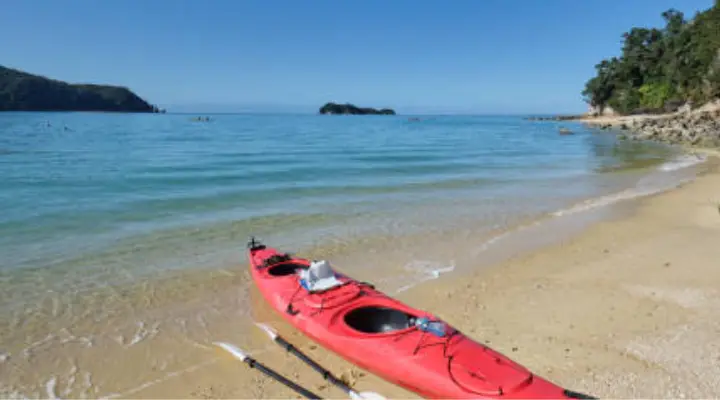
Using tide chart information for kayaking involves a few key steps:
1. Find the right tide chart:
2. Understand the information:
3. Plan your paddle:
4. Additional tips:
Remember: Always prioritize safety and be prepared to adapt your plans based on real-time conditions and your skill level. Enjoy your kayaking adventures!

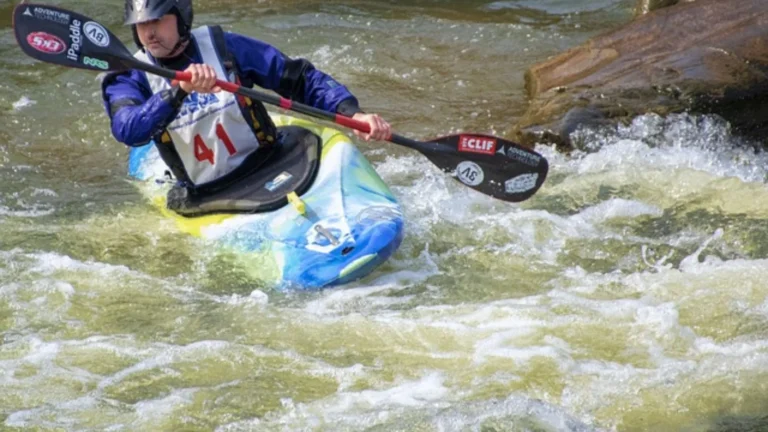

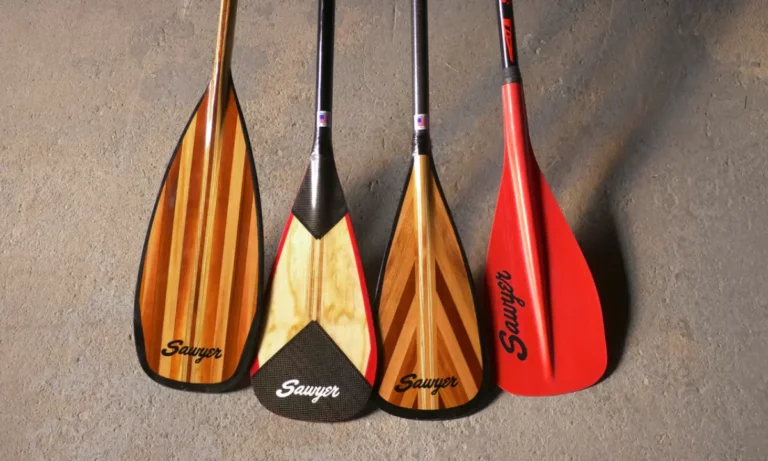
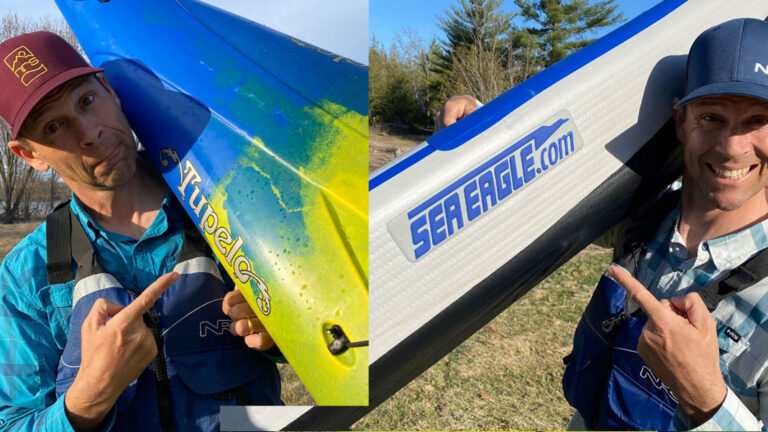

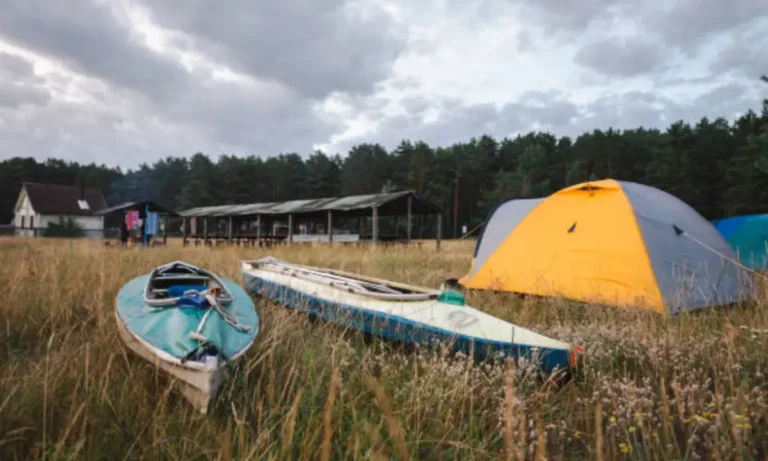
2 Comments